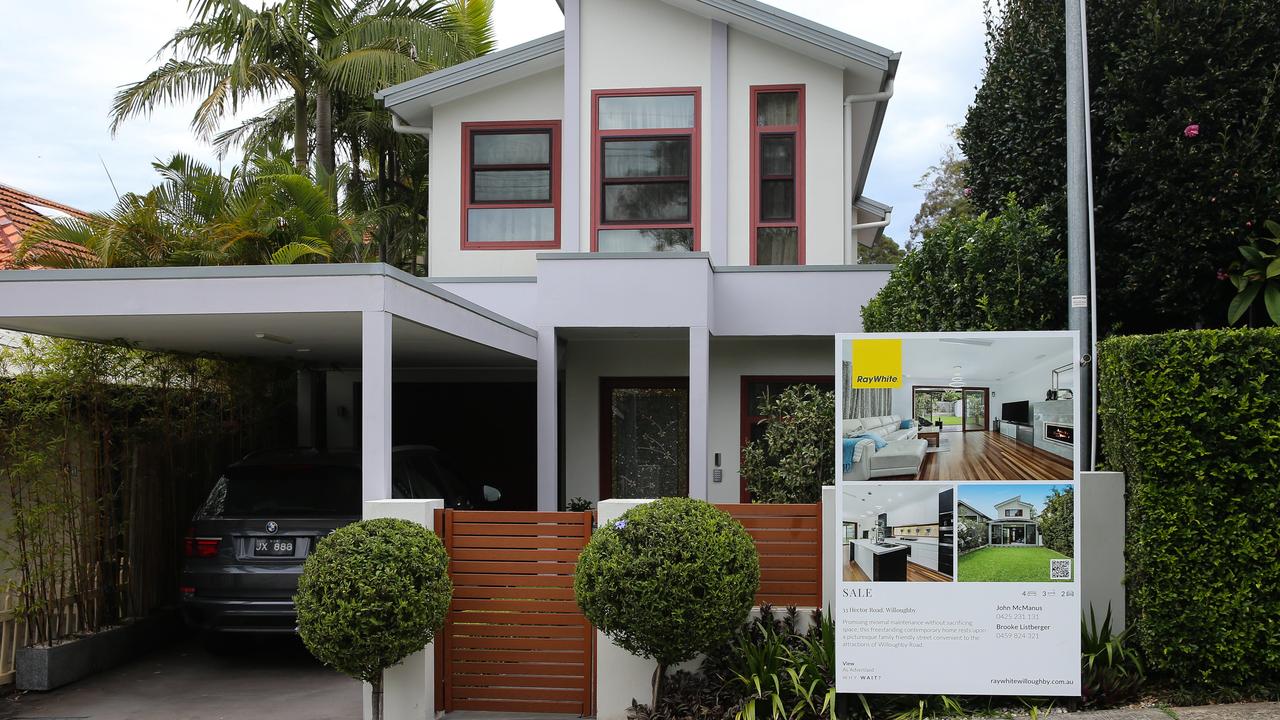
Australia’s Average Home Price Hits $1M, Locking Out First Buyers
- Business
- June 13, 2025
- No Comment
Report by “Safarti Tarjuman” International News Desk
Australia’s housing market has reached a historic milestone, with the average home price surpassing $1 million for the first time, sparking renewed concern over affordability and growing inequality. Experts say the sharp rise—driven by surges in Western Australia, South Australia, and Queensland—makes homeownership increasingly unattainable for first-time buyers and middle-income earners.
According to the Australian Bureau of Statistics (ABS), the average dwelling value climbed to $1,002,500 in the March quarter, a 0.7% increase. The total value of residential properties rose by $130.7 billion to a staggering $11.4 trillion. Western Australia, South Australia, and Queensland were identified as the leading contributors to the national increase, with Queensland now ranking as the second most expensive state behind New South Wales.
While housing affordability shows signs of improvement due to easing interest rates, rising home values continue to undermine accessibility, especially for younger and lower-income Australians.
Aspiring homeowners like 37-year-old Nick Muldoon say they are losing hope. After relocating from Melbourne to Perth to save for a deposit, Muldoon has seen prices in his new city rise faster than expected.
“You almost feel disenfranchised… When you hear a million dollars, it just feels impossible,” he told ABC News. Like many others, Muldoon and his partner have postponed starting a family until they secure a home.
Housing experts say the trend is deepening wealth inequality in Australia. Dr. Michael Fotheringham from the Australian Housing and Urban Research Institute (AHURI) described the $1 million average as “sobering” and a reflection of decades of underinvestment in housing by governments.
Matthew Bowes of the Grattan Institute warned that the widening gap between property prices and income levels is locking out low- and middle-income earners, who rely on homeownership for housing security and wealth accumulation.
In response, the federal government has pledged to build 1.2 million new homes by mid-2029. Initiatives such as the “Help to Buy” co-ownership scheme and a $10 billion fund for new housing aim to boost supply, but experts say results will take years to materialize.
Dr. Fotheringham noted, “We’re finally seeing housing treated as a national priority—but it will take time before these policies have a real impact on affordability.”
Thank you for reading! For comprehensive news coverage and exclusive stories, visit SafartiTarjuman.com







